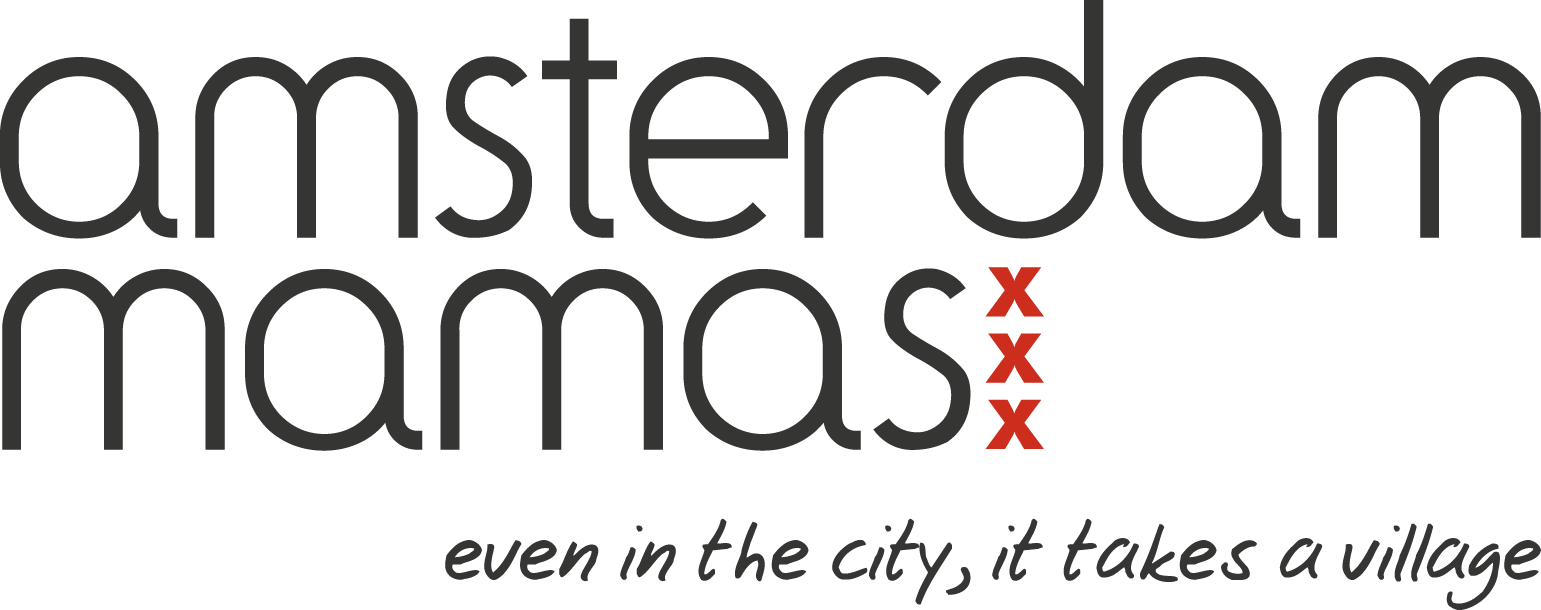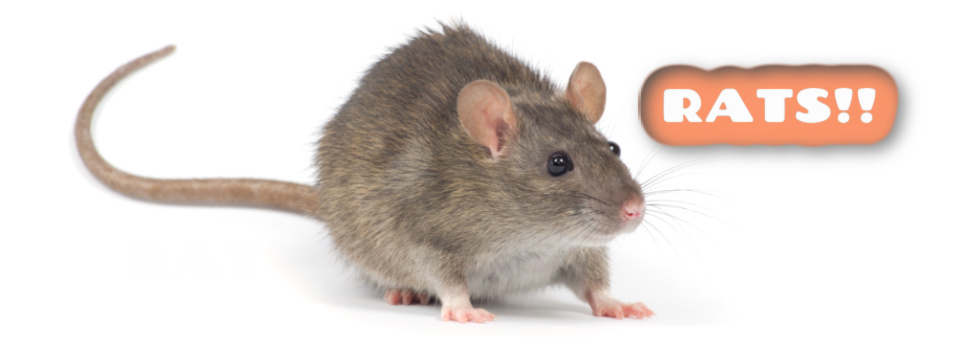All these picturesque canals come with a price … rats! Amsterdam has more than its share of these smart but nasty critters. Here’s some info and resources to help you identify a problem and get help.
I recently learned a creepy fact: if the tiles on your street’s pavement start sagging, it often means there are rats (or even a rat nest) underneath. If you see this, it’s a good idea to check the ventilation grids of your building, and make sure they are solid and narrow enough to be rat proof. If you happen to have a car, park it just a little bit further away, to prevent the rats from crawling under your car and gnawing your engine.
What Are They?
But let’s get down to a few facts: what are we looking at exactly?
In Amsterdam, the most common rat is the brown rat. It is also called the city rat, the sewage rat, or the water rat, because it can also swim. Its body size is about 20 to 30 cm, and the tail adds an extra 15 cm. Quite something!
Rats move fast and reproduce fast. According to a lady living in the South East of Amsterdam interviewed on the Stop de Rat website, ten rats can produce no less than 65.000 rats in a half year! Sixty five thousand. Not a typo.
Where Are They?
The main culprit of a rat nuisance? Leftover food. Rubbish left on the street is very bad. Most places in Amsterdam have underground containers, but some people put their rubbish next to them. It’s a big problem for the city.
As for the size of the Amsterdam rat population, there are no estimates. “Monitoring/census programs of rat populations cost a lot of labour and money and are rarely done in any city in the world because of that,” explains Annet Les, spokesperson for the GGD in Amsterdam.
The locations where people see rats around their home are monitored and mapped by the GGD’s researchers; number trends give guidance to the management of the GGD’s neighbourhood specific reduction program.
In 2018, there were 2600 reported locations where rats were spotted and nuisance was experienced. This number dropped to 2500 locations in 2019, but jumped up again in 2020 with 3100 locations, according to the GGD:
“The increase in 2020 was expected, because of the amount of waste: the number of waste complaints more than doubled during the lockdown. During the lockdown, people are probably more concerned about their own environment as well”, explains Annet Les.
What’s Being Done?
Amsterdam has a number of citywide programs, as well as locally focused short interventions to reduce trash on the streets. There is also a big program to reduce the number of trash bags that are placed aside the underground trash containers. Stickers in Dutch and in English are placed on the bins and hotspots are monitored by the city’s trash service.
The Dutch newspaper Het Parool reported in August of last year that officials in Amsterdam handed no less than 2,411 fines in the preceding month, to people caught dumping rubbish next to bins. Dumpers face a fine of EUR 95.
There are also neighbourhood specific projects to reduce food waste, using bread containers to collect old bread and worm hotels to collect other organic waste.
Locally, a ban on feeding birds on specific locations along canals and squares has also been put into place. House owners can get advice on how to adjust their house to deter rats or birds nesting in it. Besides advice and help from the city council, many local groups have participation projects in order to have a clean neighbourhood or a communal greenspace.
One interesting awareness-raising project is the Stop de Rat in Amsterdam initiative. With short educational films in Dutch commissioned by the municipality of Amsterdam and made in various neighbourhoods of the city by the residents themselves, Stop de Rat raises awareness of the consequences of having too many rats. It also stimulates local residents to broach the “rat topic” between each other, think about how they can change their behaviours and come up with solutions. Of interest to parents of young children: it points out that feeding the ducks… is also feeding the rats!
Help
Help with pest control :
Reporting of pests and vermin indoors and outdoors:
- Online form Melding Openbare Ruimte (in Dutch).
- Call the City of Amsterdam’s information line: 14 020
Getting Advice:
- For advice about pests and vermin, as well as tips on getting rid of them (rodents, birds, insects) in and around your home, garden, or business premises, you can call or send an e-mail to the Public Health Service of Amsterdam (GGD Amsterdam) at dpb@ggd.amsterdam.nl or call 020 555 5600.
Rat treatment is only free for private individuals living in Amsterdam. It’s not free for companies. Poison is also not allowed in public areas.
To Report Full or Damaged Containers:
- Call the City of Amsterdam’s information line on 14 020 (please note the number on the bin or its location)
Rat Nuisance Prevention Advice from the GGD:
-
Do not leave any food in and around your home and in the public space
-
Do not buy more food than necessary and make good use of the freezer for food leftovers
-
Keep your waste at home in waste bins that can close well
-
Never put your rubbish next to the waste containers on the street but directly in them
-
Close the openings in your outside walls, ventilation grids, doors and windows which do not close well, visibly defective sewage as well as defective rainwater drainage
-
Prune the shrubs mostly at the bottom and along façades
-
Only feed the birds with natural food and in such small quantities that they can eat it all in one go
Annick Noirfalisse
Annick Noirfalisse is a Belgian mum of three, who has worked for more than ten years as a journalist in Switzerland, London, and Amsterdam, covering economics, finance, societal, environmental, and health issues. She's also a French language teacher and translator, who loves Japanese food, doing sports, and nature walks in her spare time.






